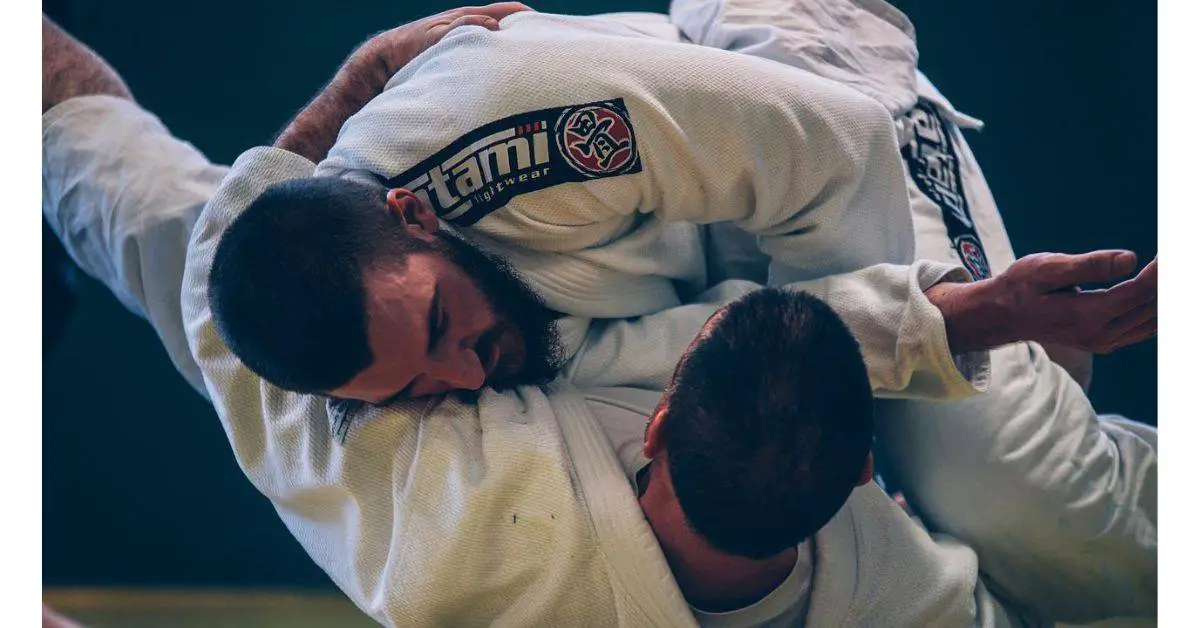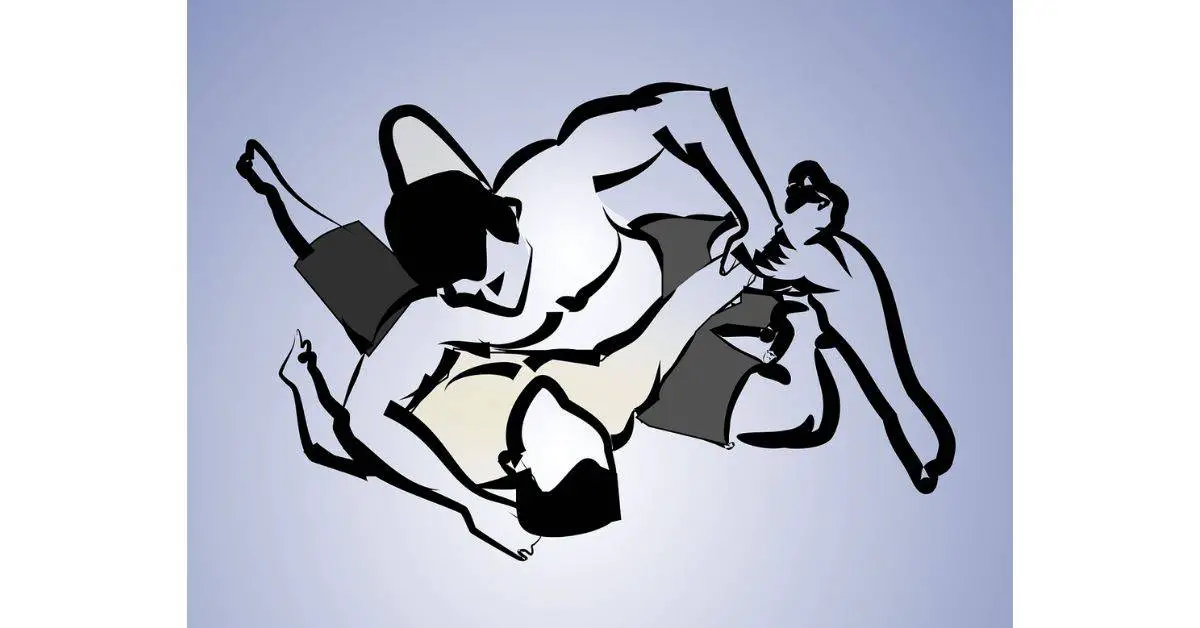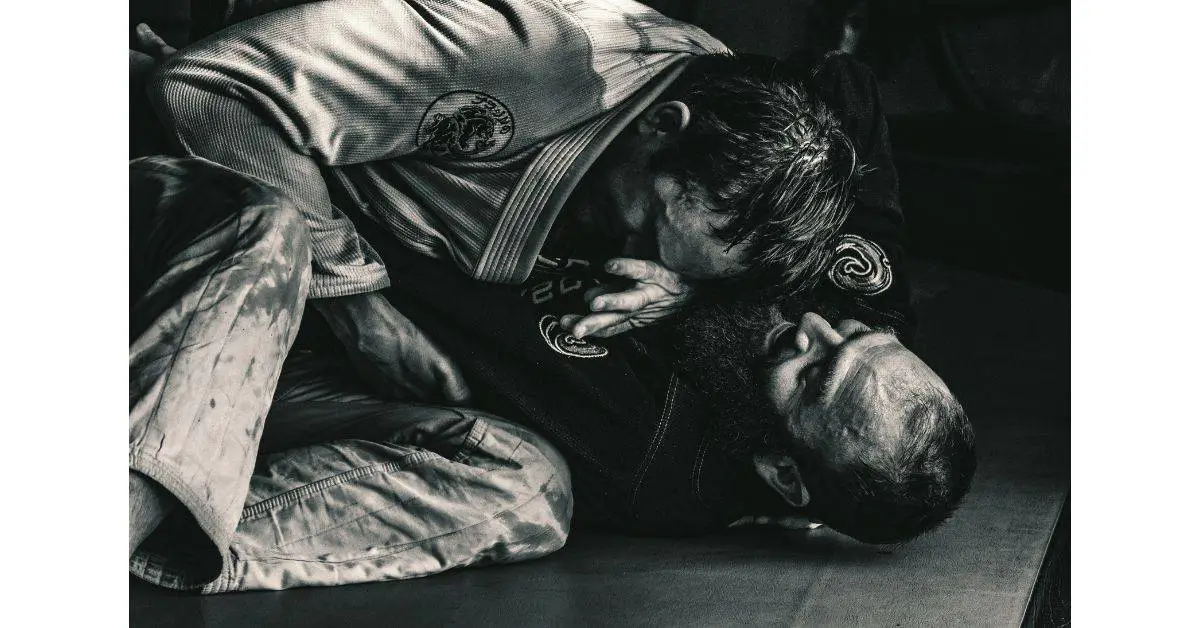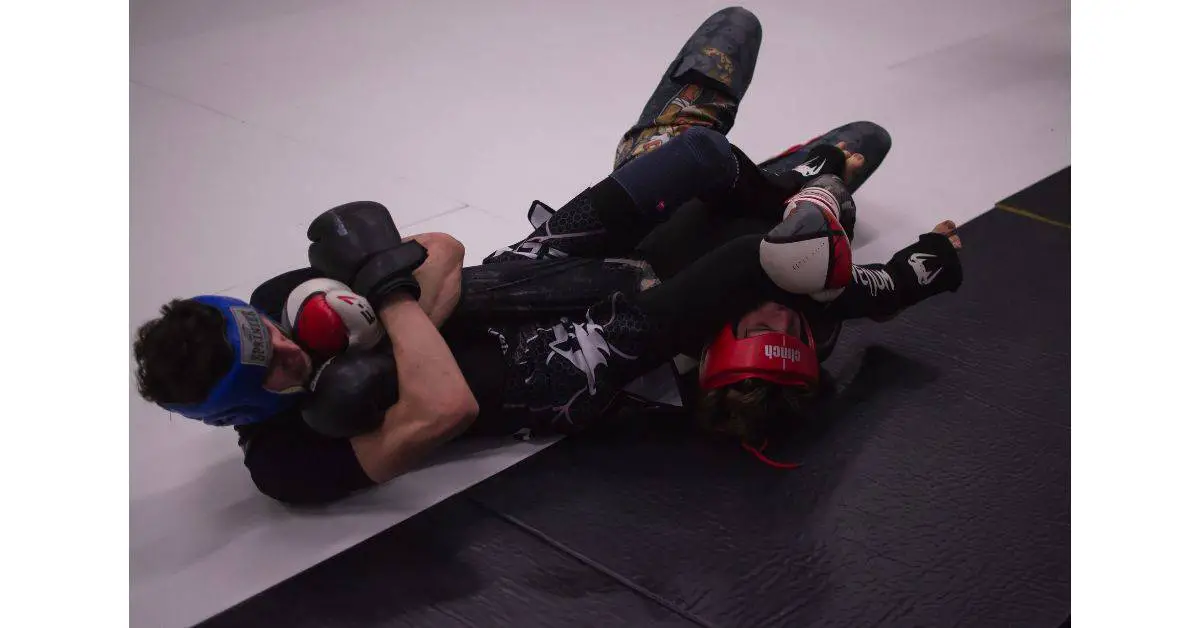Worldwide, martial art practitioners recognize Jiu-Jitsu as one of the best self-defense martial arts available. Even though other martial arts might be very beneficial, Brazilian Jiu-Jitsu offers you the best chance to develop your self-defense skills.
Brazilian Jiu-Jitsu comprises incredible techniques, and it’s overwhelming for a novice to decide which to learn.
So, where do you begin? Which Jiu-Jitsu styles should you focus on to improve as much as possible, as quickly as possible? Many sources will offer conflicting suggestions.
Therefore, you must decide which style to study and devote your attention to; finding out which strategies to avoid while you’re a newbie is crucial.
The following list is the best Jiu-Jitsu styles:
- Gi Jiu-Jitsu
- No-Gi Jiu-Jitsu
- Japanese Jiu-Jitsu
- Brazilian Jiu-Jitsu
- Gracie Jiu-Jitsu
#5 – Gi Jiu-Jitsu
Gi Jiu-Jitsu is a grappling style that requires the use of a traditional Gi uniform. The Gi uniform consists of a coat and pants made of thick cotton. However, in Jiu-Jitsu, it is more than just a piece of clothing; it plays a vital role in performing the techniques. You can utilize it to grab the opponent, do various Judo throws, or submit them.
If you want to buy the best grappling dummy for your money, ensure to follow the link to an article of mine on the topic.
You can grasp your opponent’s coat and pants when you train as a Gi. The most common grip used by fighters to control their opponent, stop the action, or prepare for submission is the collar/sleeve grip.

Gi causes a lot of friction during the action, slows movement, and makes both parties use more technical skills to win the grappling contest rather than relying solely on power and speed. In some ways, Gi training requires you to think three steps ahead and be more meticulous.
All competitors in a Gi competition must don a Gi uniform. Both parties can grip or tug each other’s Gi to gain the upper hand, just like in training.
Gi training advantages include; instructors will teach many techniques to you that you won’t learn in No Gi training. Likewise, its training teaches more sweeps, escapes, and submissions that are impossible without it.
If you want to buy the best BJJ Gi for your money, follow the link and consider buying it if you want to get a high-quality one.
#4 – No-Gi Jiu-Jitsu
No-Gi Jiu-Jitsu is a more realistic approach to Jiu-Jitsu. No Gi is a BJJ style in which a Gi uniform is optional. Students typically dress in stretchy fabrics like polyester. The rash guard is the most popular outfit, but you can wear classic shorts and a T-shirt.
Since people don’t wear a Gi on the streets, many BJJ professionals believe that this makes No Gi more applicable in everyday situations. However, there is still room for discussion because the opposing viewpoint contends that a Gi only replicates ordinary clothing that trainees can use in a street brawl.
You can use only a few techniques to pause the motion, unlike Gi training, where you can grab the opponent on the cloth. To win, you must employ grips inspired by wrestling and rely on your body mechanics, equilibrium, and hand posture. Additionally, because there is less friction, No Gi is a significantly faster style.

When competing in No Gi, you must wear shorts, a rash guard, or a T-shirt.
If you want to build a potent grappling offense, no Gi is by far the preferable style. It teaches you how to use a combination of BJJ and wrestling moves to pressure your opponents effectively. You’ll devote much effort to mastering balance, hand placement, and body mechanics.
These reasons are only one factor that makes No Gi superior to Gi regarding MMA battle preparation.
As was previously said, the action moves much more quickly in No Gi, and the rolling sessions are frequently taxing. After only a few months of practice, you will undoubtedly see an improvement in your cardio and endurance.
Considering that you don’t have much time to think during the rolls, your reactions will become much quicker.
Before continuing, if you want to know what the mental benefits of BJJ are, ensure you follow the link to an article of mine on the matter.
#3 – Japanese Jiu-Jitsu (JJJ)
The history of Japanese Jiu-Jitsu, also known as “Jujutsu,” dates back more than 2000 years to the era of the earliest samurai. Nobody is aware of the true inventor, though. Because of this, the Japanese military created the current variation of Japanese Jiu-Jitsu to enable soldiers to engage in combat without using weapons. It was formed and organized for war and conflict.
The name “Jujutsu,” which refers to the grappling martial arts performed by samurai in the 17th century, started to draw attention. The Japanese term for Jujutsu is “the art of softness.”
Japanese Jiu-Jitsu uses various vile techniques to defeat the opposition, in addition to grappling and striking skills. It uses dangerous joint locks and bone-crushing chokes to aid warriors in hand-to-hand combat. JJJ also uses tiny weapons, such as clubs and knives.
Japanese Jiu-jitsu saw numerous evolutions over time as trainers began to include their methods, expanding the sport’s appeal.
If you want to save money by learning any style of Jiu-Jitsu at home, be sure to follow the link to read about the best grappling mats for your money.
#2 – Brazilian Jiu-Jitsu (BJJ)
The creators of Brazilian Jiu-Jitsu are well known. Beginning in the 1920s, BJJ has roots in Japanese Jujutsu and Judo. Fundamentally, BJJ is the conversion of Jiu-Jitsu into Judo, and Jigoro Kano and Mitsuo Maeda are responsible for it.
Kano went against the grain of conventional Japanese Jujutsu by urging his pupils to engage in sparring matches. He had a student named Maeda who advanced his ground fighting lessons. He relocated to Brazil and started working with Carlos Gracie, a ground-based martial artist who excelled.
Judo evolved into BJJ when Gracie’s younger, less physically capable son began training in the Ne-Waza style and encountered difficulty competing against his older, stronger brothers.
To help his students deal with even greater opponents, Helio began to hone the Judo techniques he learned from Maeda. He created his methods to spread a brand-new martial art, today known as Brazilian Jiu-Jitsu.
His kids advanced this martial style to new heights. However, until 1970, it did not draw many visitors from outside Brazil. After moving to America, Helio and his son Rorion began demonstrating their abilities in front of locals.
BJJ sprang to prominence as a martial art. Likewise, it has grown in popularity throughout time due to the inclusion of practitioners in MMA events. The two subcategories of BJJ—BJJ in Gi and No-Gi—each have tournament rules and guidelines.
#1 – Gracie Jiu-Jitsu (GJJ)
After hearing the names, you might be curious to learn more about Gracie Jiu-Jitsu (GJJ). Many individuals mistakenly believe the two are interchangeable or cannot tell the difference between them.
Brazilian Jiu-Jitsu has many similarities to Gracie Jiu-Jitsu, but there are also some differences. Regardless of age, height, gender, or fitness level, GJJ seeks to educate everyone on defending themselves against a bigger and stronger opponent.

The fundamental goal of GJJ is to equip the learner with the skills necessary to defend themselves in any street battle. Their size, age, gender, or fitness level shouldn’t be a barrier for them.
Additionally, it teaches pupils how to take care of their bodies and live healthy lives. GJJ involves abstaining from dangerous substances like alcohol, cigarettes, and narcotics. It is a way of life as much as a fighting method.
GJJ is as popular as it is because it’s one of the leading martial arts for self-defense. The sheer force it grants its trainees is the only thing you’ll need to ensure you’re capable of defending yourself properly.
In the end, if you are a beginner, it makes little difference which style you choose. The ideal option is to enroll in a school that teaches various styles of Jiu-Jitsu. You will discover whatever type works best for you over time.
Final words
As you can see, Gracie Jiu-Jitsu is the most effective JJ style. That’s because it includes much more techniques than related styles. For instance, BJJ solely teaches ground grappling; now, while it is effective, it doesn’t teach any other movements.
Martial arts can benefit your life in countless ways, both mentally and physically. For example, it’s not uncommon to see more confident and trainees with better self-esteem while having improved their physical shape.
If you enjoyed reading this article, I encourage you to follow the link to read about the best Jiu-Jitsu style for self-defense and whether it’s worth it.

